Your Cat’s Brain Craves the Hunt
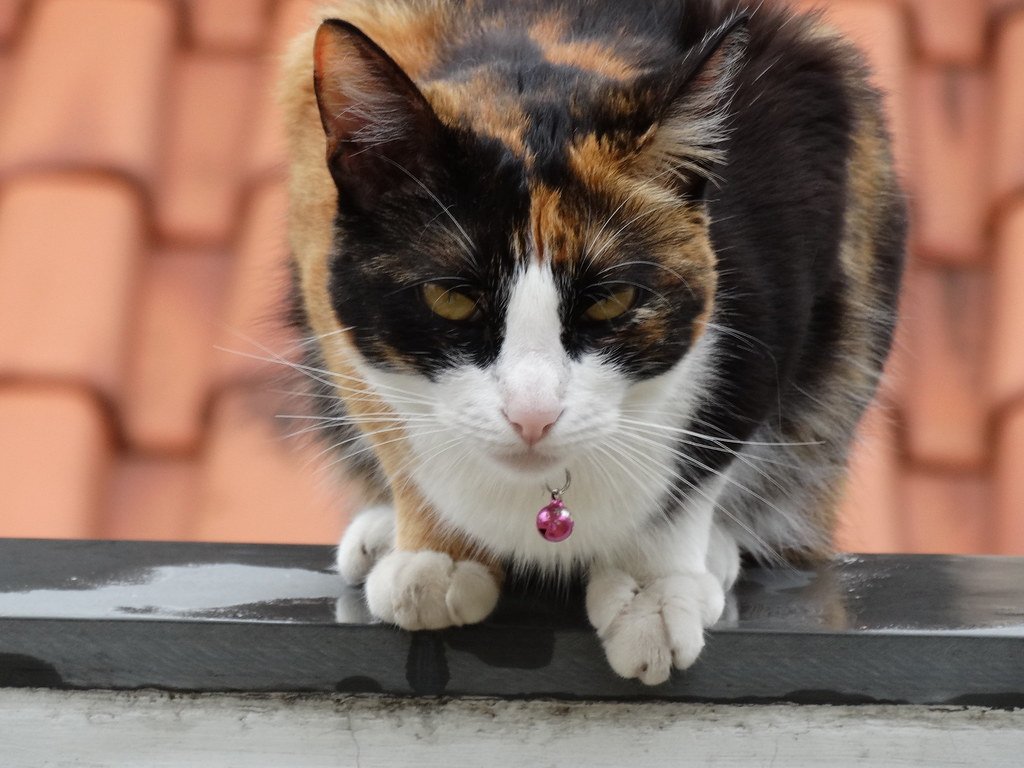
Deep inside your fluffy companion’s skull lies the brain of a predator that once ruled ancient landscapes. When your cat stalks a feather toy across the living room, neural pathways light up like a Christmas tree, flooding their system with dopamine and endorphins. These same circuits fired when their wild ancestors tracked prey through tall grass thousands of years ago. Without regular activation of these hunting circuits, cats can develop anxiety, depression, and destructive behaviors. Think of play as a daily vitamin for your cat’s mental health—skip it, and you’ll notice the difference in their mood and behavior within days.
The Stress Hormone Connection
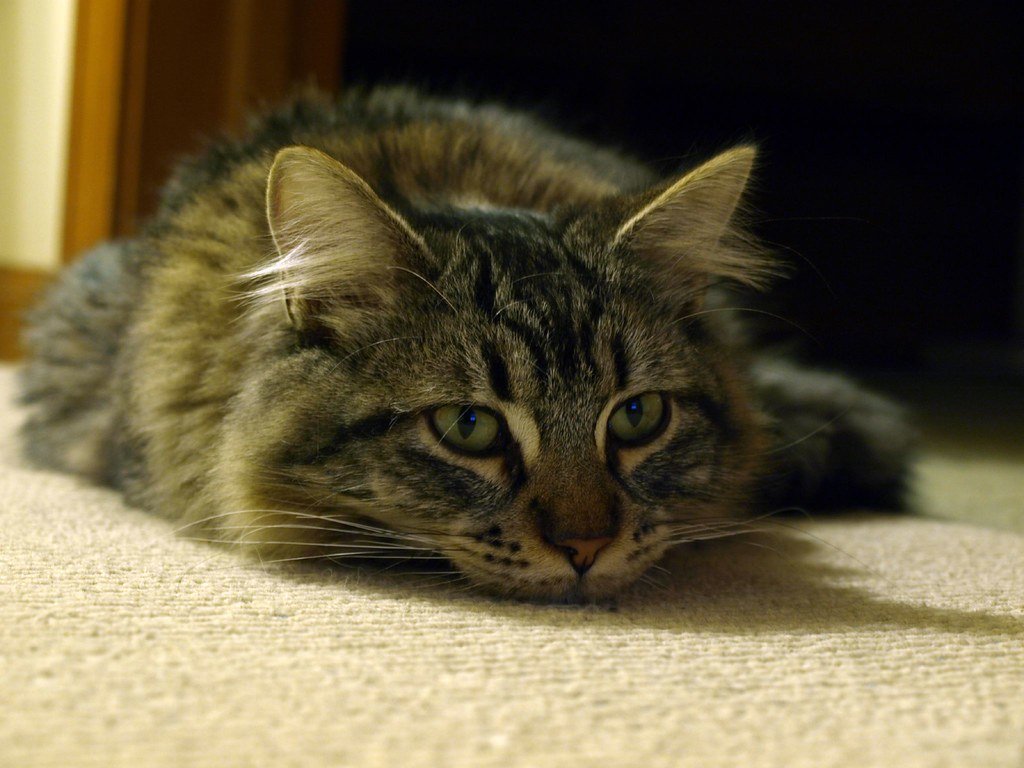
Scientists have discovered something fascinating about cats who don’t get enough play time. Their cortisol levels—the stress hormone that wreaks havoc on both human and feline bodies—remain chronically elevated throughout the day. A 15-minute play session can drop these stress hormones by up to 40% within just one hour. This isn’t just about feeling good; elevated cortisol weakens the immune system, disrupts sleep patterns, and can even shorten your cat’s lifespan. Indoor cats especially need this stress relief since they can’t naturally hunt and release tension like their outdoor cousins.
Sleep Quality Transforms After Play
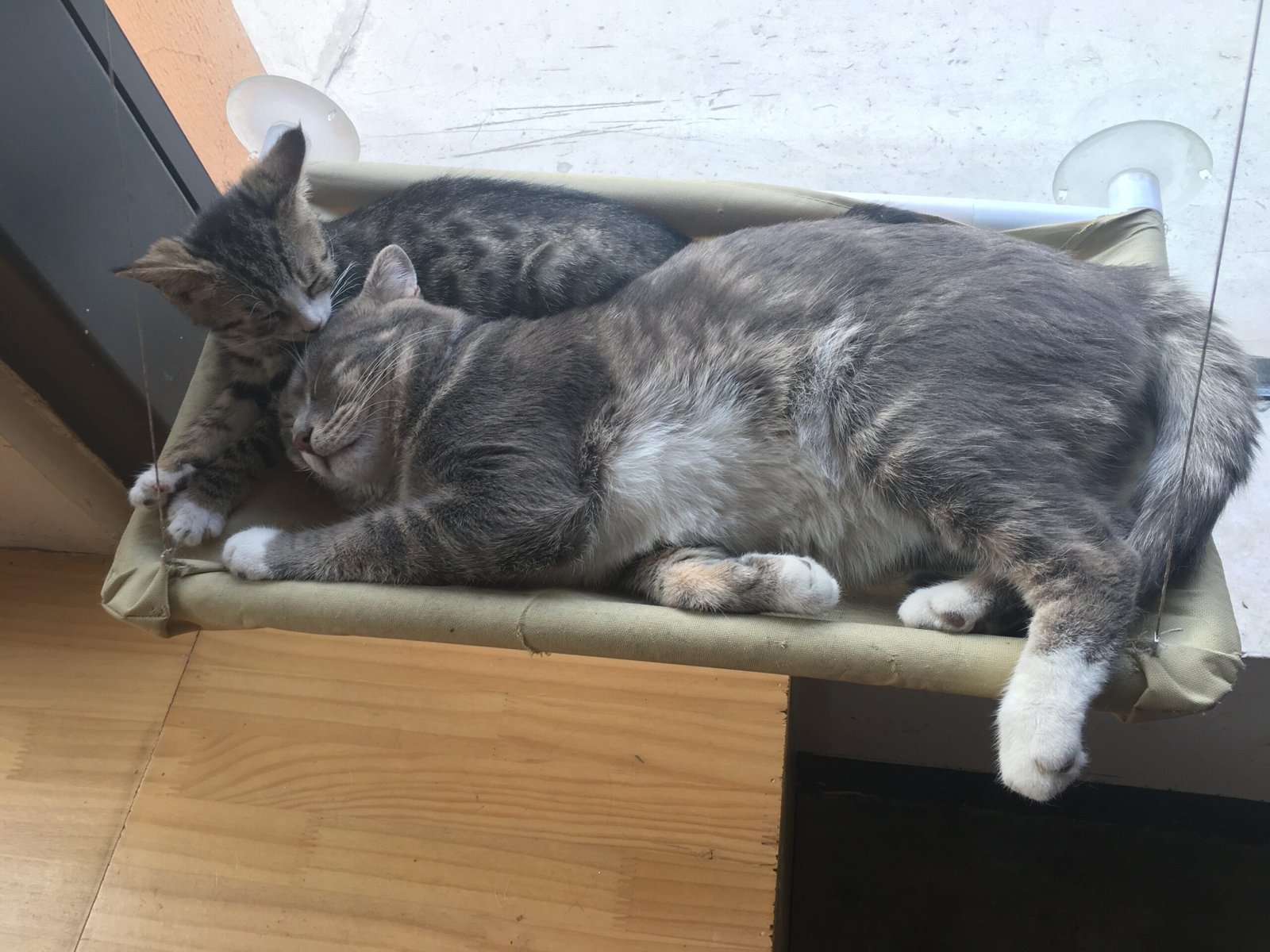
Ever wondered why your cat sleeps so much better after a good play session? The answer lies in their brain’s production of adenosine, a chemical that builds up during periods of mental and physical activity. When cats engage in vigorous play, adenosine accumulates and later promotes deeper, more restorative sleep cycles. Cats who don’t play enough often suffer from fragmented sleep, leading to daytime lethargy and irritability. It’s like the difference between tossing and turning all night versus sleeping like a baby after a great workout.
Territory Confidence Builds Through Play

Play isn’t just about physical exercise—it’s about building confidence in their environment. When cats successfully “capture” toys during play sessions, their brains release the same satisfaction chemicals as real hunting victories. This success builds what researchers call “environmental confidence,” making cats feel more secure in their territory. Confident cats are less likely to develop behavioral problems like inappropriate elimination, excessive hiding, or aggression toward other pets. They literally feel like the kings and queens of their domain.
The Multi-Cat Household Dynamic
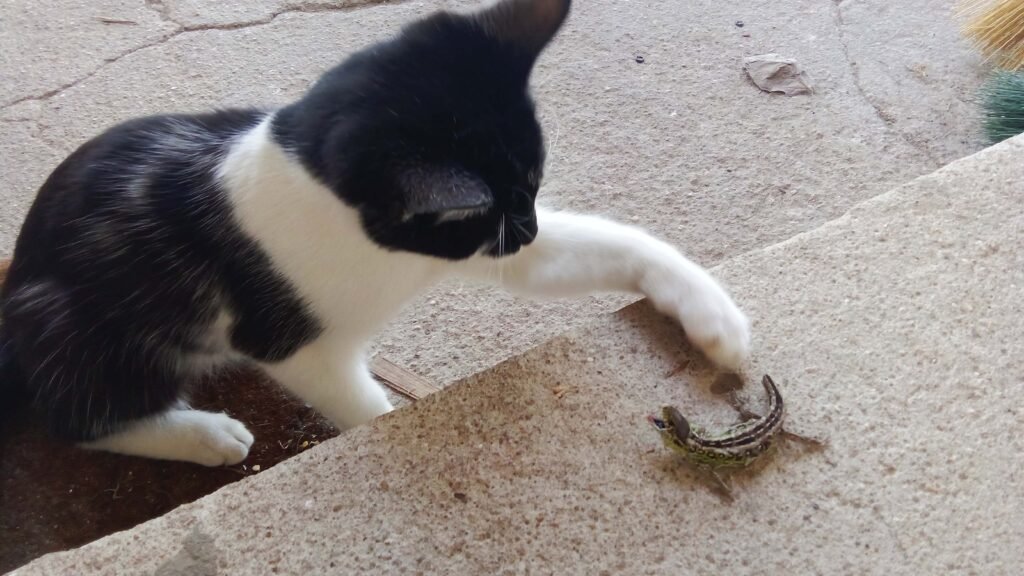
In homes with multiple cats, daily play becomes even more critical for maintaining peace. Interactive play sessions help establish healthy social hierarchies without the need for actual fighting or territorial disputes. When cats burn off excess energy through structured play, they’re less likely to pick fights with their housemates over resources or attention. The key is providing separate play sessions for each cat, allowing them to experience individual success and satisfaction. Think of it as family therapy, but with feather wands and laser pointers.
Age Doesn’t Eliminate the Need
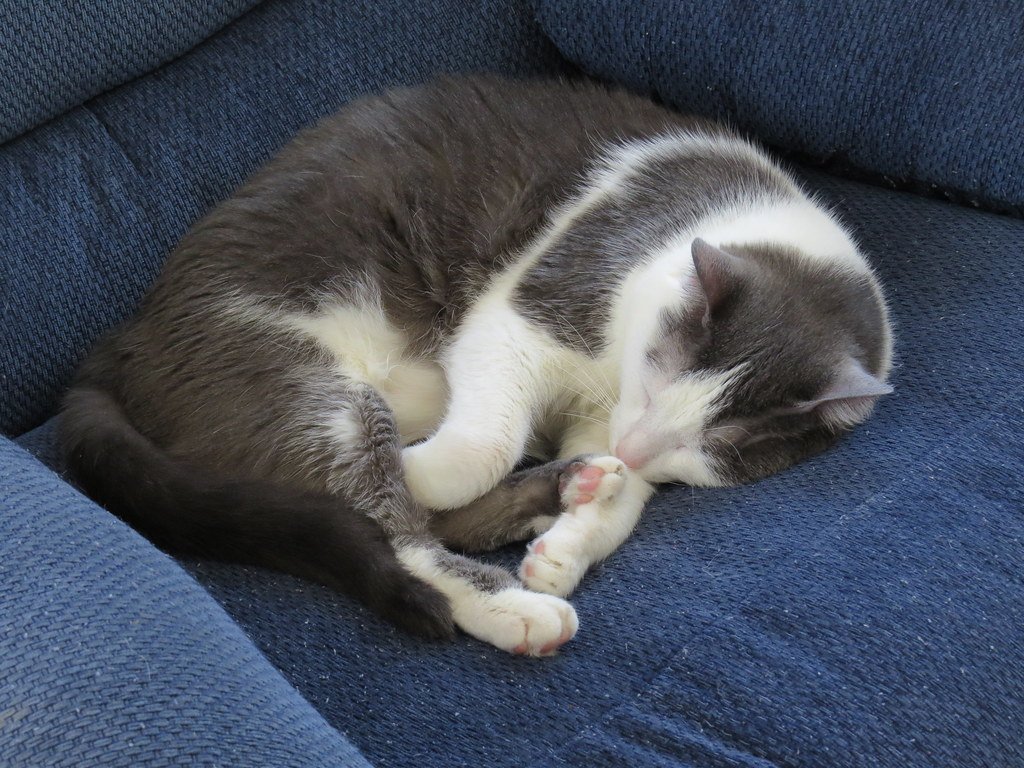
Many cat parents mistakenly believe that senior cats don’t need as much play, but neuroscience tells a different story. Older cats’ brains actually benefit more from regular stimulation because it helps maintain cognitive function and prevents mental decline. The key is adapting play style to their physical limitations—slower movements, shorter sessions, and toys that don’t require jumping or running. Even a gentle wave of a feather toy can activate those crucial neural pathways. Senior cats who play regularly show better memory, problem-solving skills, and overall mental sharpness compared to their sedentary peers.
Timing Matters More Than You Think
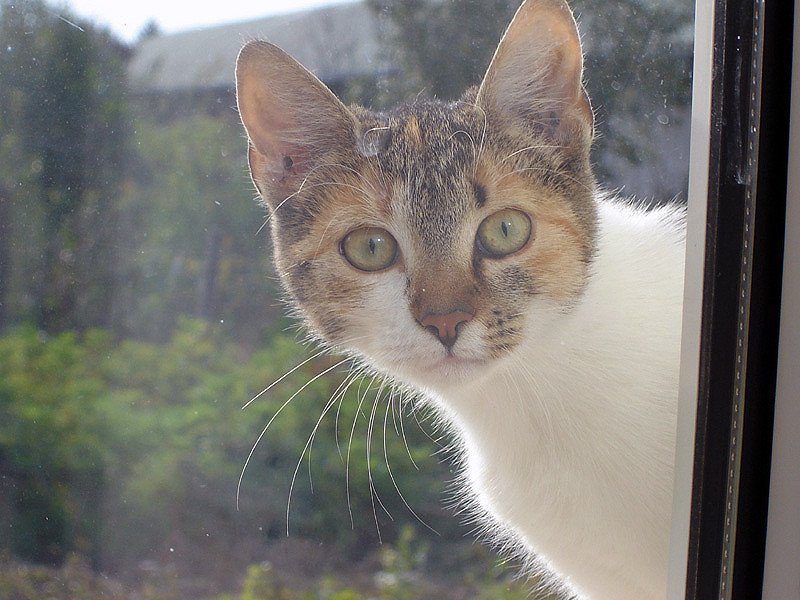
Your cat’s brain follows natural circadian rhythms that make certain times of day optimal for play. Most cats experience energy peaks during dawn and dusk—times when their wild ancestors would naturally hunt. Playing during these windows works with their biology rather than against it, making sessions more effective and satisfying. Many behavioral problems in cats stem from owners trying to force play during the cat’s natural rest periods. It’s like trying to get a night owl to exercise at 6 AM—technically possible, but not ideal.
The Boredom-Destruction Connection

When cats don’t get adequate mental stimulation through play, their brains seek it elsewhere—often in ways owners find destructive. Scratching furniture, knocking things off counters, and excessive vocalization are often signs of an understimulated mind crying out for engagement. The cat isn’t being “bad” or “spiteful”—they’re desperately trying to activate neural pathways that evolution designed to fire regularly. Think of destructive behavior as your cat’s way of saying, “My brain is bored out of its skull, and I need something interesting to happen.”
Physical Health Depends on Mental Stimulation
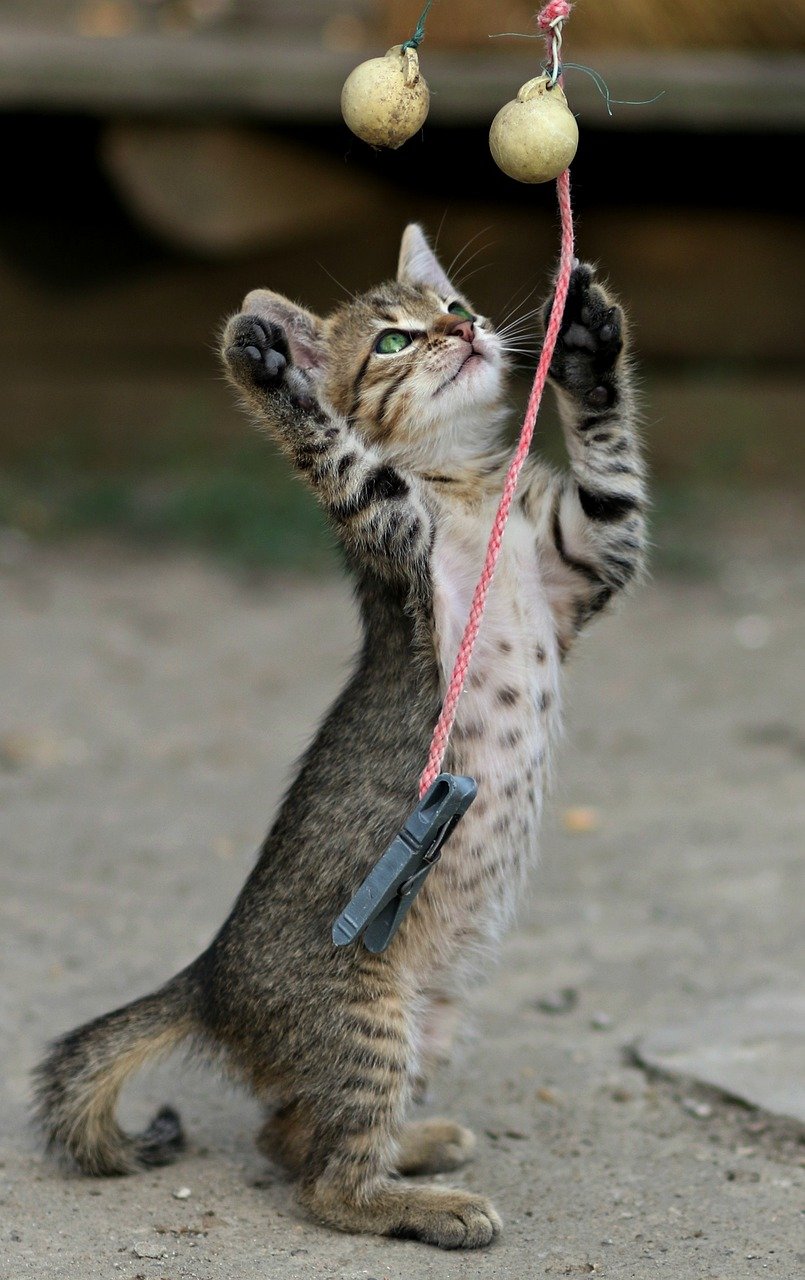
The connection between mental stimulation and physical health in cats is stronger than most people realize. Cats who don’t get enough play often develop obesity, not just from lack of exercise but from stress-induced overeating and metabolic changes. Their digestive systems don’t function optimally when stress hormones remain elevated. Regular play helps regulate metabolism, maintains muscle tone, and even supports healthy heart function. It’s a domino effect—when the mind is happy and stimulated, the body follows suit.
Social Bonding Through Interactive Play
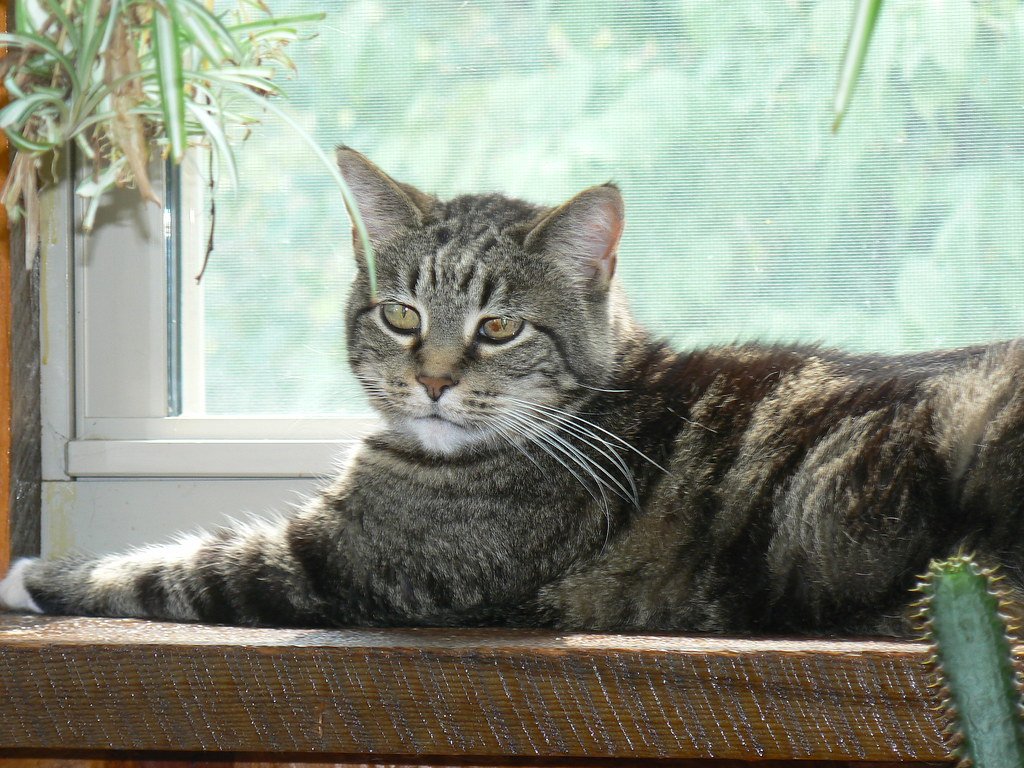
Interactive play sessions create powerful emotional bonds between cats and their humans that go far beyond simple companionship. When you engage your cat in play, both of your brains release oxytocin—the same hormone responsible for parent-child bonding. This neurochemical connection explains why cats who play regularly with their owners tend to be more affectionate and responsive. They literally love you more because of the shared experience of successful “hunts.” It’s nature’s way of strengthening the pack bond, even in a domesticated setting.
The Attention Span Factor
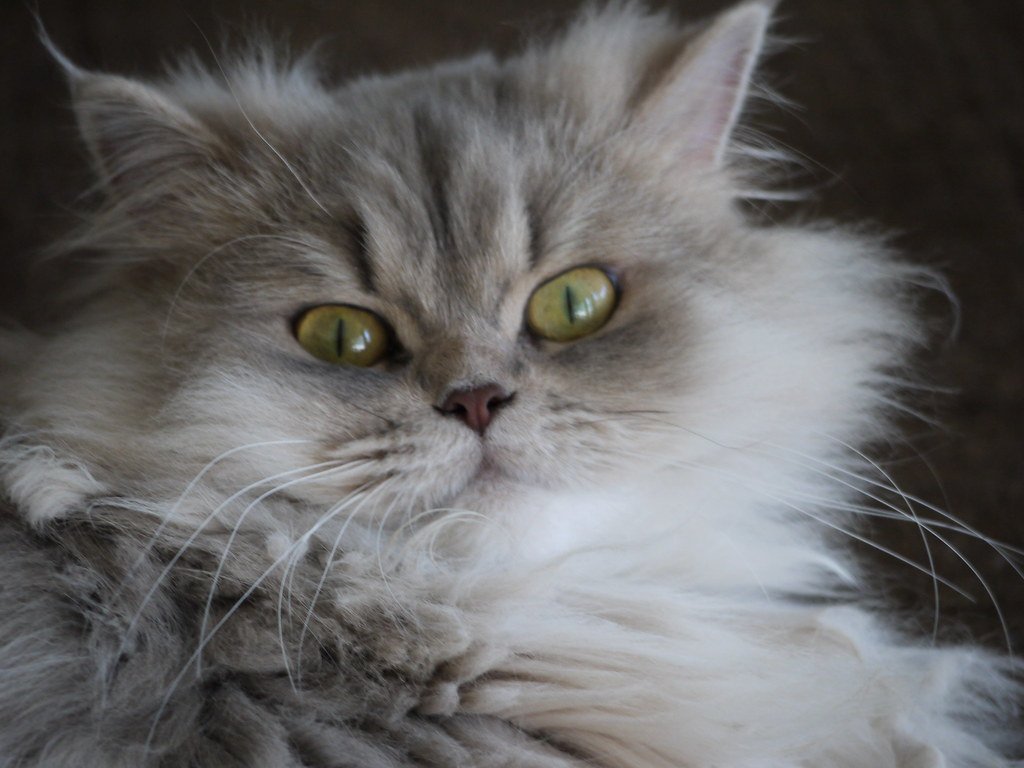
Cats have naturally short attention spans for sustained activity, typically maxing out around 10-15 minutes per play session. This isn’t a flaw—it’s an evolutionary feature that prevented wild cats from exhausting themselves during hunts. However, multiple short sessions throughout the day provide more benefit than one long session. Three 10-minute play periods will do more for your cat’s mental health than one 30-minute marathon. Their brains need time to process and integrate the stimulation between sessions.
Prey Drive Satisfaction is Non-Negotiable
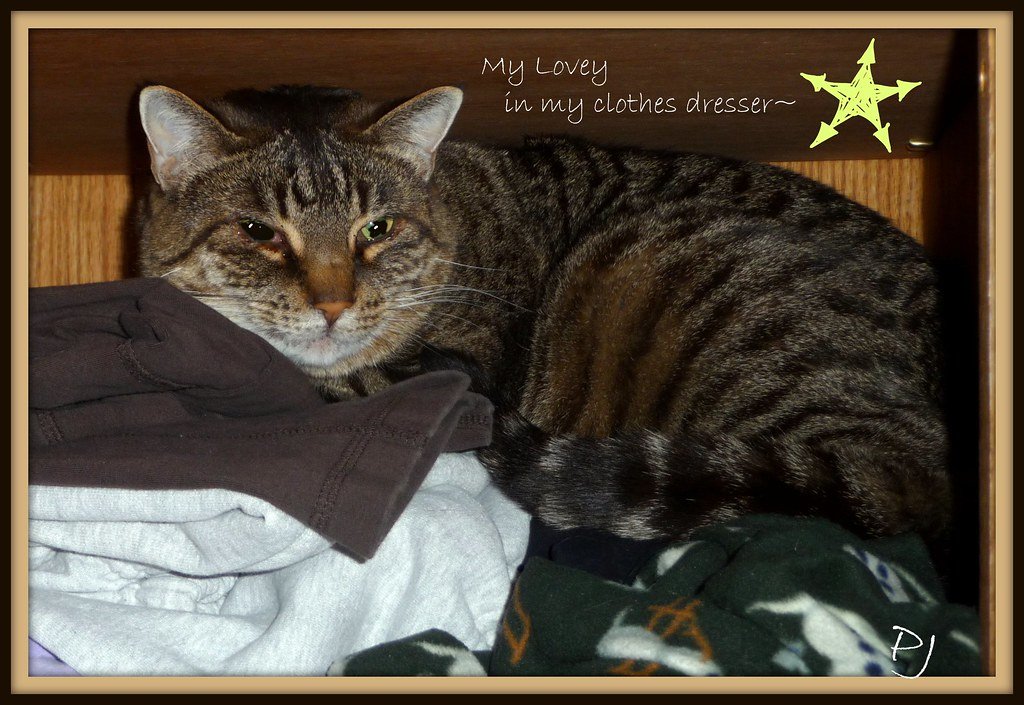
Every cat, regardless of how pampered or well-fed, carries an intense biological drive to hunt that cannot be satisfied by food alone. This prey drive creates a specific type of mental tension that only successful “hunting” can resolve. Cats who don’t get to complete the hunt sequence—stalk, chase, capture, consume—often develop compulsive behaviors like excessive grooming or fabric chewing. They’re trying to discharge this built-up hunting energy in whatever way possible. Regular play provides the healthy outlet their genetics demand.
Indoor vs. Outdoor Brain Stimulation
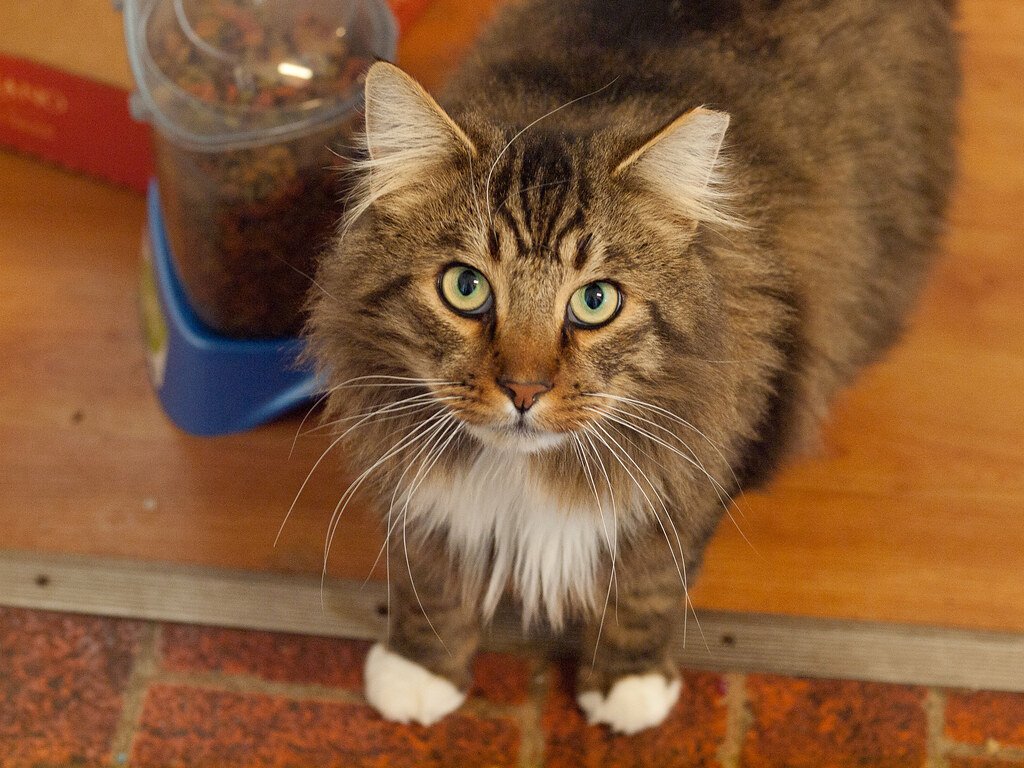
Indoor cats face a unique neurological challenge that outdoor cats don’t—environmental under-stimulation. While outdoor cats encounter dozens of sights, sounds, and smells that naturally engage their minds, indoor cats can literally become sensory deprived. Their brains evolved to process complex, ever-changing environments, not static indoor spaces. Daily play becomes even more crucial for indoor cats because it’s often their only source of the mental complexity their brains crave. Without it, they can develop what behaviorists call “learned helplessness”—a state where they stop trying to engage with their environment entirely.
The Hunting Success Formula
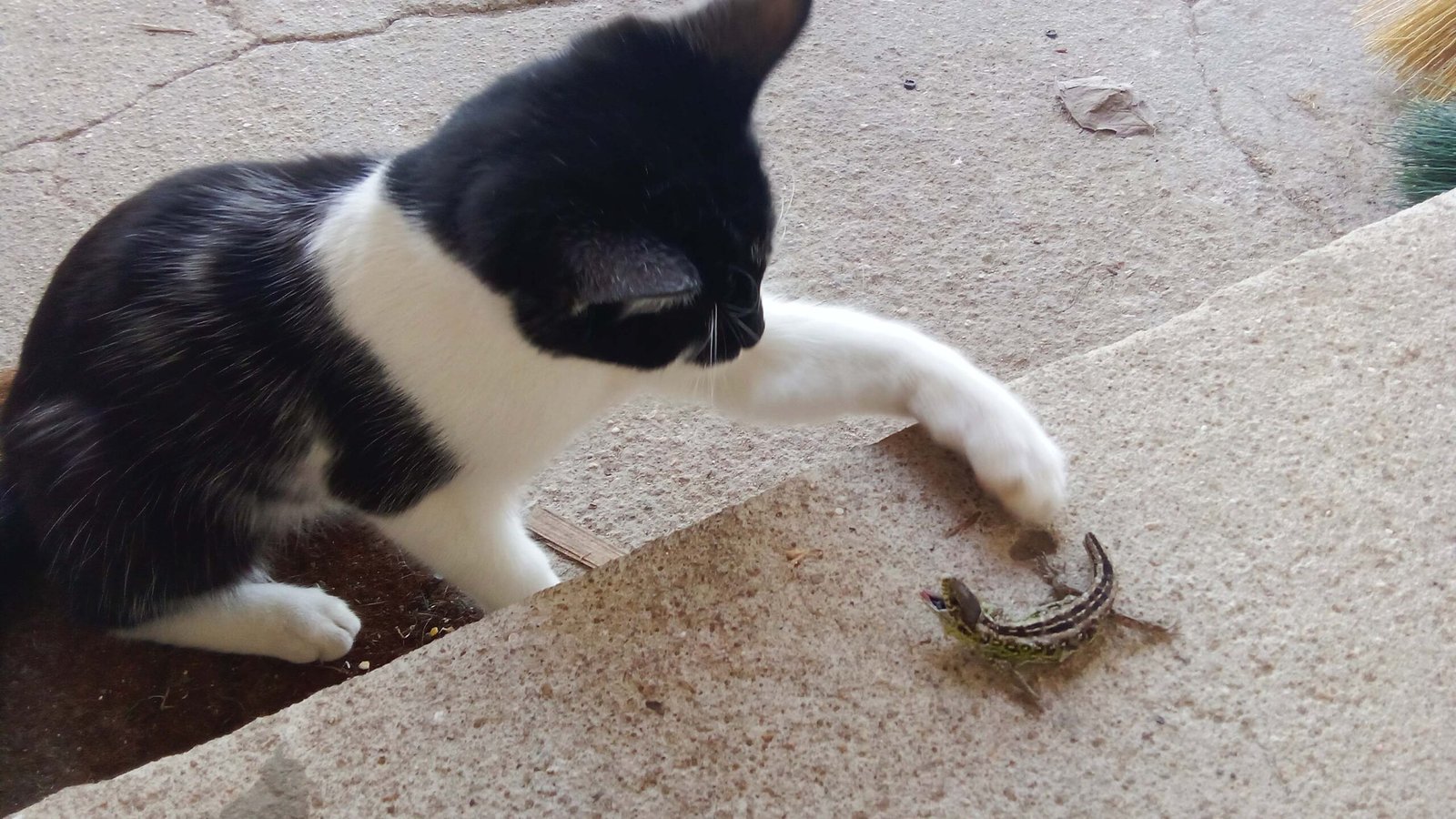
For play to truly satisfy your cat’s neurological needs, it must follow the natural hunting sequence: eyes tracking prey, body positioning for attack, the chase, the capture, and finally, the “kill.” Stopping play abruptly without allowing your cat to catch the toy leaves them neurologically frustrated—like watching a movie that cuts off right before the ending. Always let your cat catch and “kill” the toy multiple times during each session. This completion of the hunting sequence triggers the release of satisfaction chemicals that calm and content your cat for hours afterward.
The Ripple Effect on Behavior

The benefits of daily play extend far beyond the play session itself, creating positive changes that last throughout the day. Cats who play regularly show decreased aggression, reduced anxiety around strangers, better litter box habits, and more stable eating patterns. Their entire stress response system becomes more resilient, helping them cope better with changes in routine or environment. It’s like building a strong immune system for behavior problems—the more you invest in daily play, the more stable and adaptable your cat becomes overall.
Ever notice how your cat seems like a completely different animal after a good play session? That’s their brain finally getting what it’s been craving all along—the chance to be the successful predator they were born to be.
Hi, I’m Bola, a passionate writer and creative strategist with a knack for crafting compelling content that educates, inspires, and connects. Over the years, I’ve honed my skills across various writing fields, including content creation, copywriting, online course development, and video scriptwriting.
When I’m not at my desk, you’ll find me exploring new ideas, reading books, or brainstorming creative ways to solve challenges. I believe that words have the power to transform, and I’m here to help you leverage that power for success.
Thanks for stopping by, Keep coming to this website to checkout new articles form me. You’d always love it!






